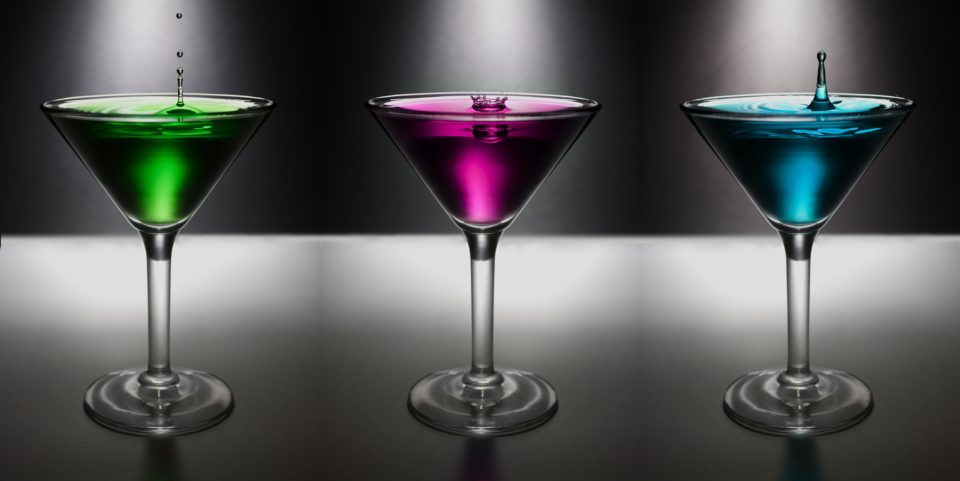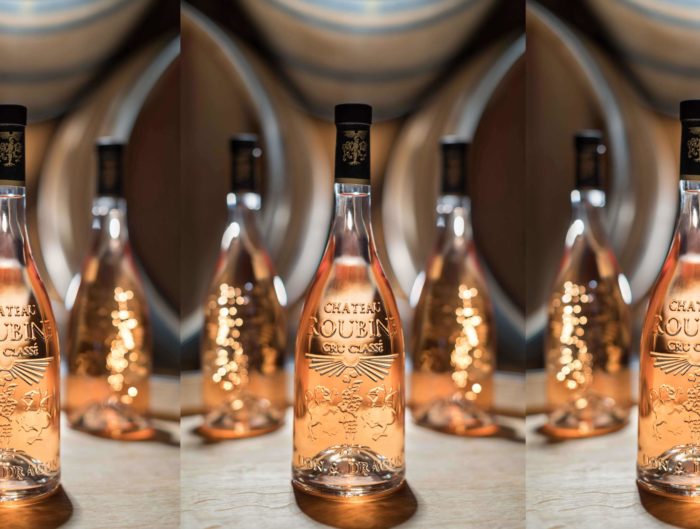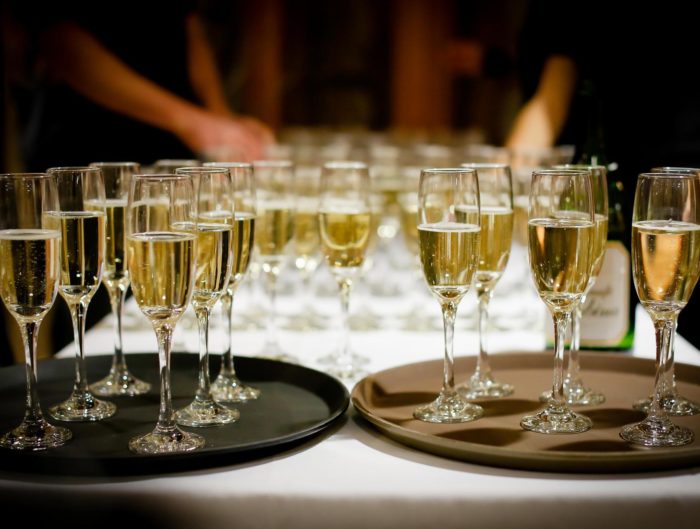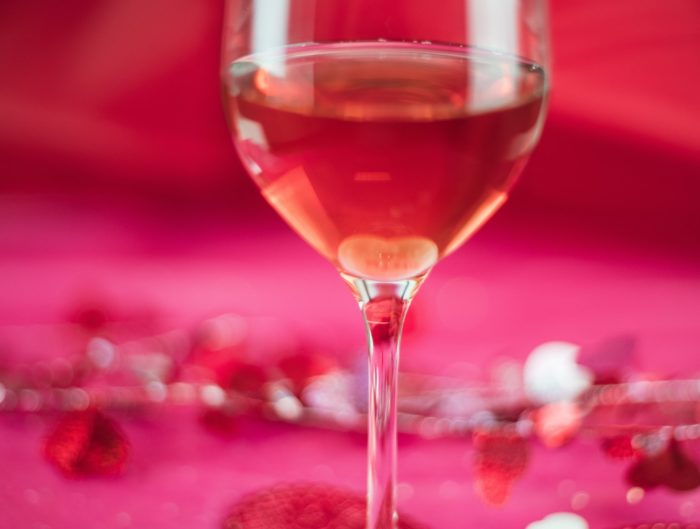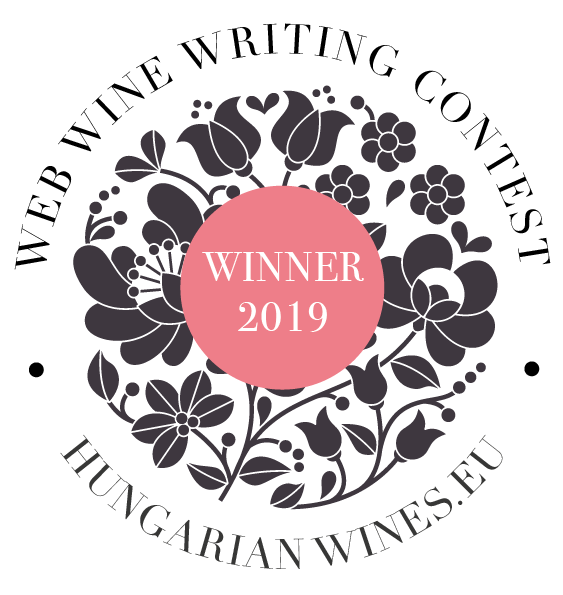Gin and rosé wine were two very popular pre-pandemic trends. How are they doing in a changed world? The IWSR reports some interesting oversights in part 2
What changes has the pandemic wrought in people’s mindsets? While the low and no alcohol trend continues its pre-pandemic trajectory, let us take a look at two of the beverage world’s biggest trends to see how they are faring today. Conclusions have been reported from the IWSR’s June 2022 report on global beverage trends. Part 1 of Drink Up (the previous post) referred to an optimistic forecast for the alcoholic beverages industry owing to the pent up demand over the pandemic lockdown,
These two trends are the great gin revival which began in the 2000s in the UK and Spain, the second is the world’s whole-hearted embrace of rosé wine, which continues to rake in the moolah in all its shades of pink.

The great Indian Ginaissance is on, but in the UK it gets passé
The great gin resurgence story started in the UK in the 2000s; the WSTA has counted at least 100 British gin brands on the market in 2018, double that of 2011). The UK is arguably the world’s most mature market for alcoholic beverages and the gin story started here with long-established, premium brands like Hendrick’s, Bombay Sapphire, Beefeater, and Tanqueray, showing surges in popularity. Subsequently, there were a flood of many new distilleries set up, especially between 2010 and 2015. These were defined by slick marketing aimed at a young demographic and pitched at the premium and super-premium end of the market. Gradually smaller, craft players emerged and saw success. The IWSR now reports that the UK and its fellow gin-fiend country, Spain have ‘now reached peak gin, with volume consumption plateauing.”
Down here, up there
However, both these markets (along with the US) remain significant to the story of gin and will remain important sources of innovation and value in the future, though a dip in volume sales is already evident. UK’s total gin market is expected to decline at a CAGR of -4% between 2021 and 2026. In 2021, gin volumes in the UK declined after a decade, with consumers migrating to other flavoured products including vodkas. “Although a revival cannot be ruled out, it is likely that we saw ‘peak gin’ in 2020,” according to Humphrey Serjeantson, research director at IWSR. However, interest in other major markets (besides the UK) will continue next five years, and most other important gin markets, with the exception of the UK, are expected to post volume growth, according to the IWSR.
This is partially because the story has shifted to non-traditional gin markets, like India and Brazil.
In Brazil, a trendsetter in the Latin American and Caribbean region, gin is booming, with volumes up 10 times from 2017 to 2021, driven by both at-home and on-premise consumption, says Luciano Anavi, IWSR market analyst, claiming that the category has room for further growth.
In India where spirits volumes have grown by +16.5% in 2021 (after declines of -20% in 2020 due to the pandemic lockdowns), the strong movement in craft gins has transformed the category, while imported gins are also growing well from a smaller base.
Total gin volumes increased by 50% in 2021, with the biggest growth in the standard and above price bands, which have seen volumes doubling since 2019. This is expected to almost treble by 2026, according to IWSR data.
Jason Holway, IWSR market analyst says, “The Indian craft category is expected to grow from strength to strength with the strong livelihood of more brands and more investment. This is expected to show most at the premium-plus end of the category, ‘moving the centre of gravity gradually upwards,” he adds.
Love for local
However, two gin profiles that will continue to dominate the world of gin are the well-established, timeless category of London dry gin, as well as local and regional brands which will see growth through improvement in quality and emphasis on local flavours and craftsmanship.

Pink stays in, but is there a fade?
IWSR also predicts some changes for the hugely popular rosé wine market.
Here, at the upper end of the price band, rosé is still on trend. However, at the value end of the category, volumes are showing a gradual decline. “In terms of premiumisation in the global still wine category, those priced in the super-premium and above price band (US$20+) grew in volume by almost +7%. Those in the premium and below category (US$19.99 and under) declined in volume by about -2%,” explains IWSR’s Greg Cohen. “Total global rosé wine volume declined by about -2% in 2021, after posting declines of -0.8% in 2020.”
This is reflected in a surge of interest in celebrity-branded rosés, which have shown stratospheric volume growth, such as Kylie Minogue’s Provence-made rosé, which reports says has shown 314% growth, worth a good £18.9m as per Nielsen data cited in The Grocer, UK.
The pink Kylie storm
Kylie now has several wines to her name – most of them pink. The latest release, the Collection rosé, is a Côtes de Provence Cru Classé, a classic Provençal blend of Grenache, Cinsault and Rolle or Vermentino and produced in Château des Anglades, a 27-hectare Provence estate. Circumventing the stigma that celebrity-promoted wines generally attract, her masterfully marketed rosés have nailed the flavour profile and ice pink colour which propelled Provence rosés to instant fame. What is more, they are crisp, well-balanced, and well-crafted. Not surprisingly, they have been flying off the shelves, fast following the eye-popping success of her eponymous prosecco rosé, made by Zonin.
“While rosé is experiencing growth across a number of markets, negative performances in its top four markets (France, Germany, US, and the UK) are dragging down overall category performance. These are large, mature wine markets broadly in a state of long-term decline. While we don’t currently track wine by colour by price segment, we expect that the rosé category, on the whole, is premiumising, driven by the emerging trend towards luxury and lifestyle brands,” says IWSR analyst Daniel Mettyear.
So the trend stays on track, despite a volume decline. Premiumisation and the current preference for higher-end products are helping both the premium craft gin category as well as rosé wines, remain buoyant.

